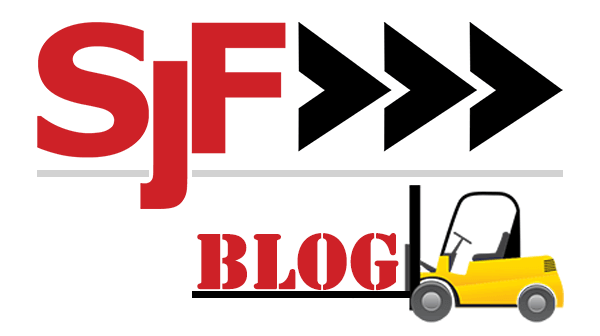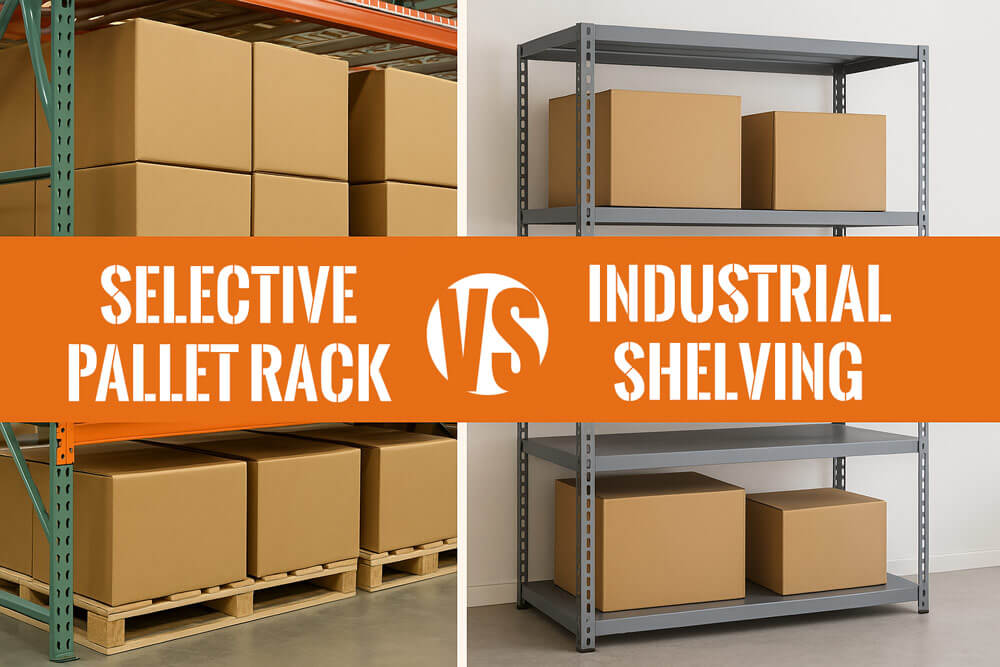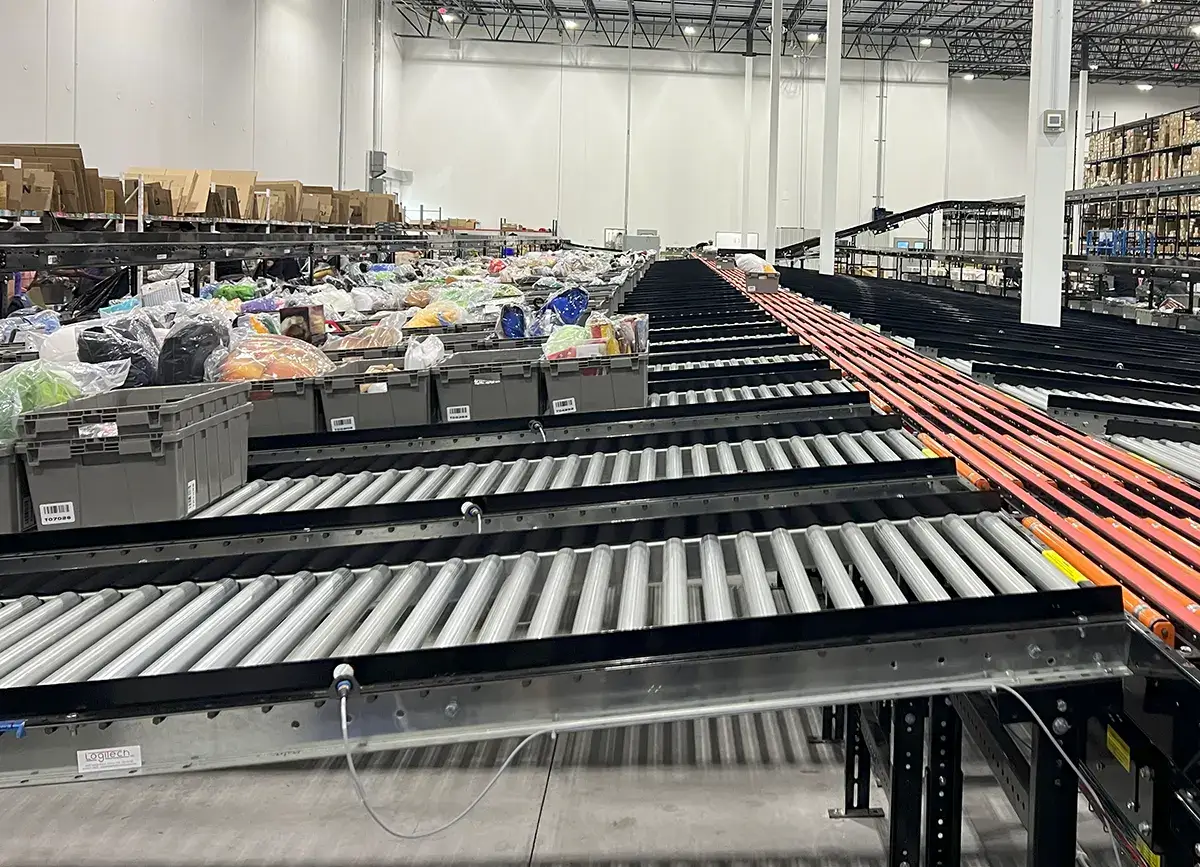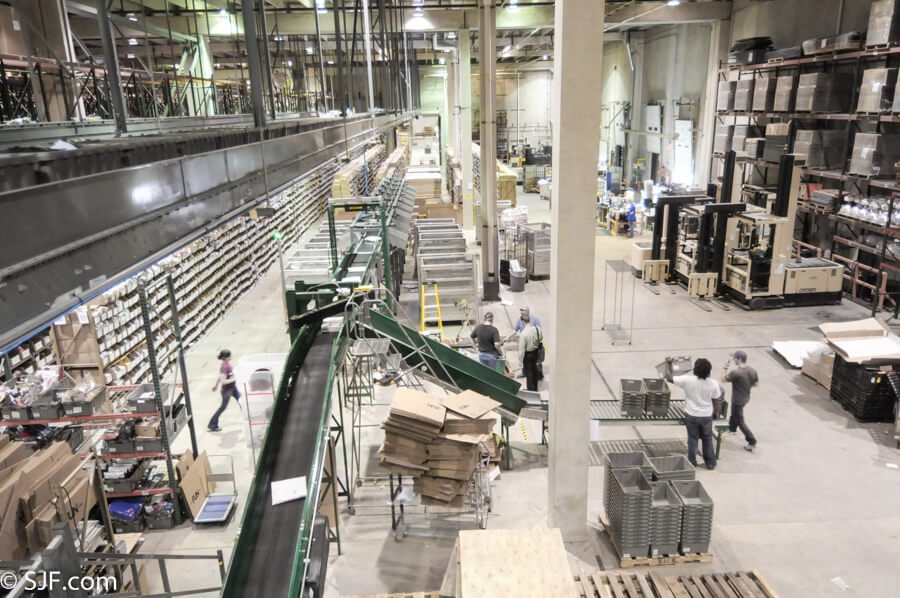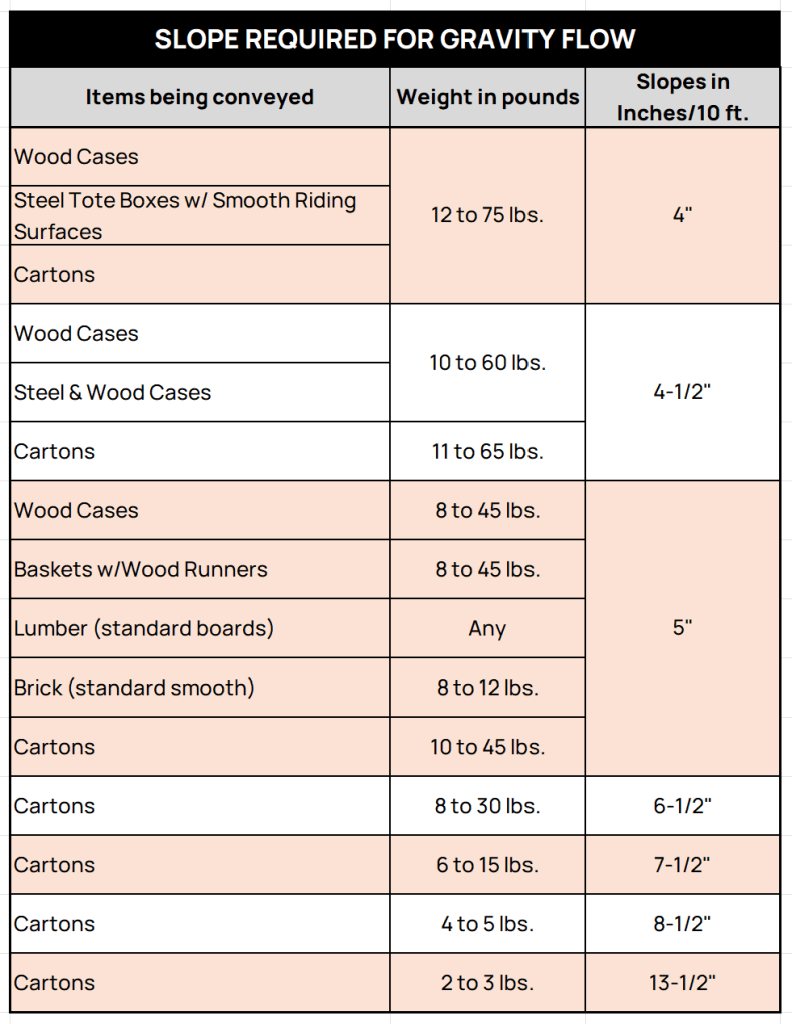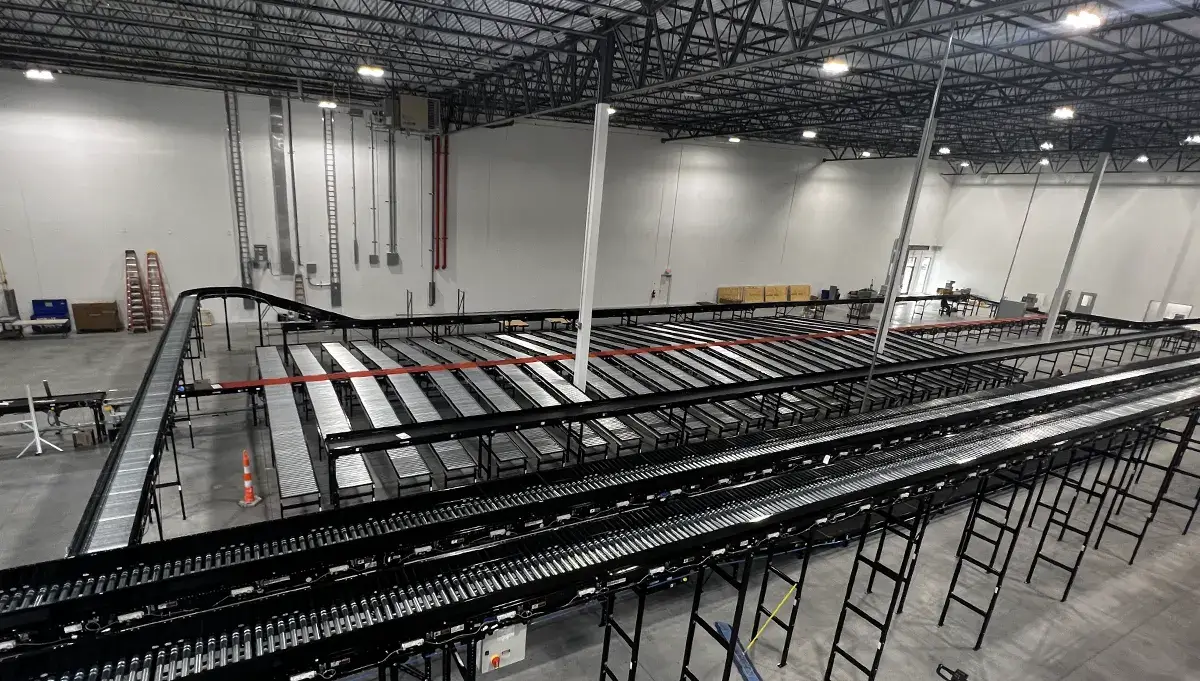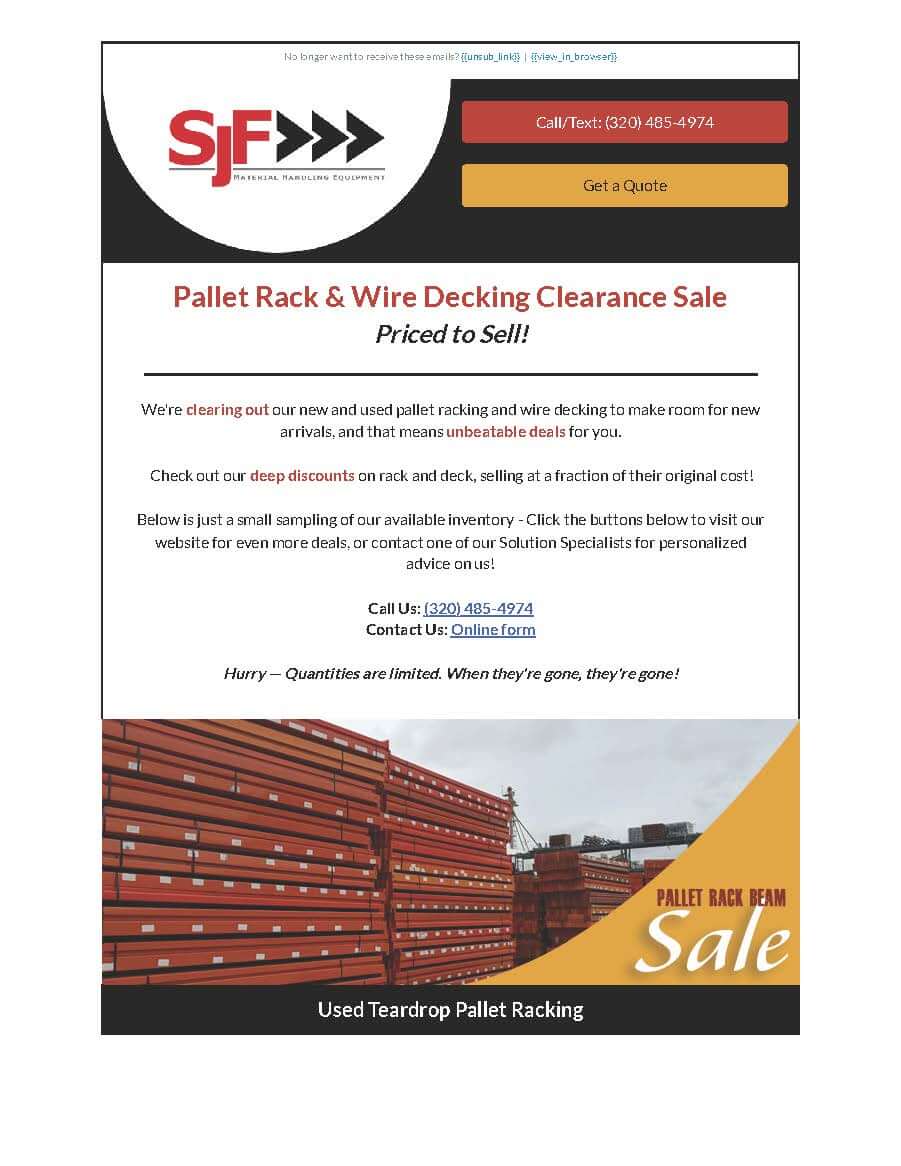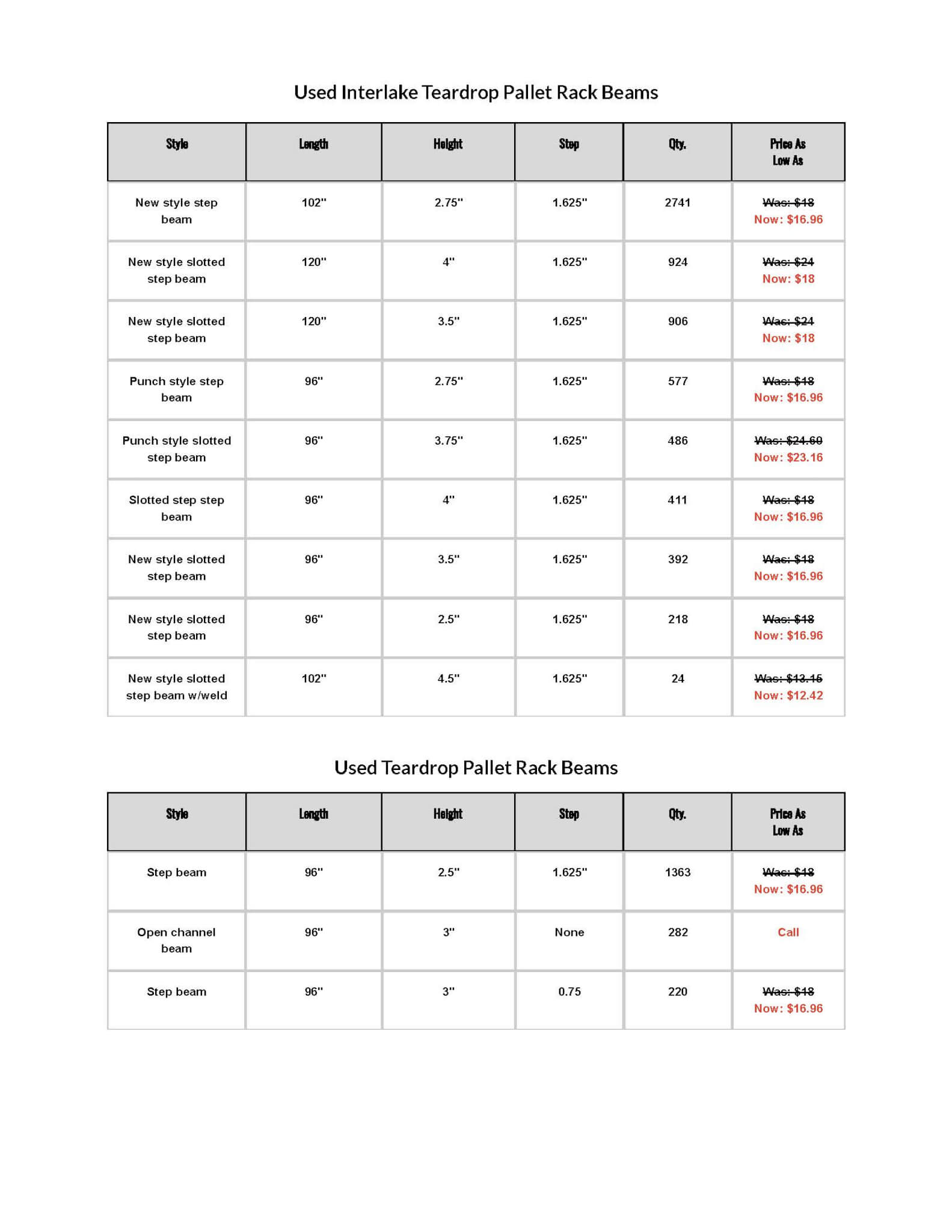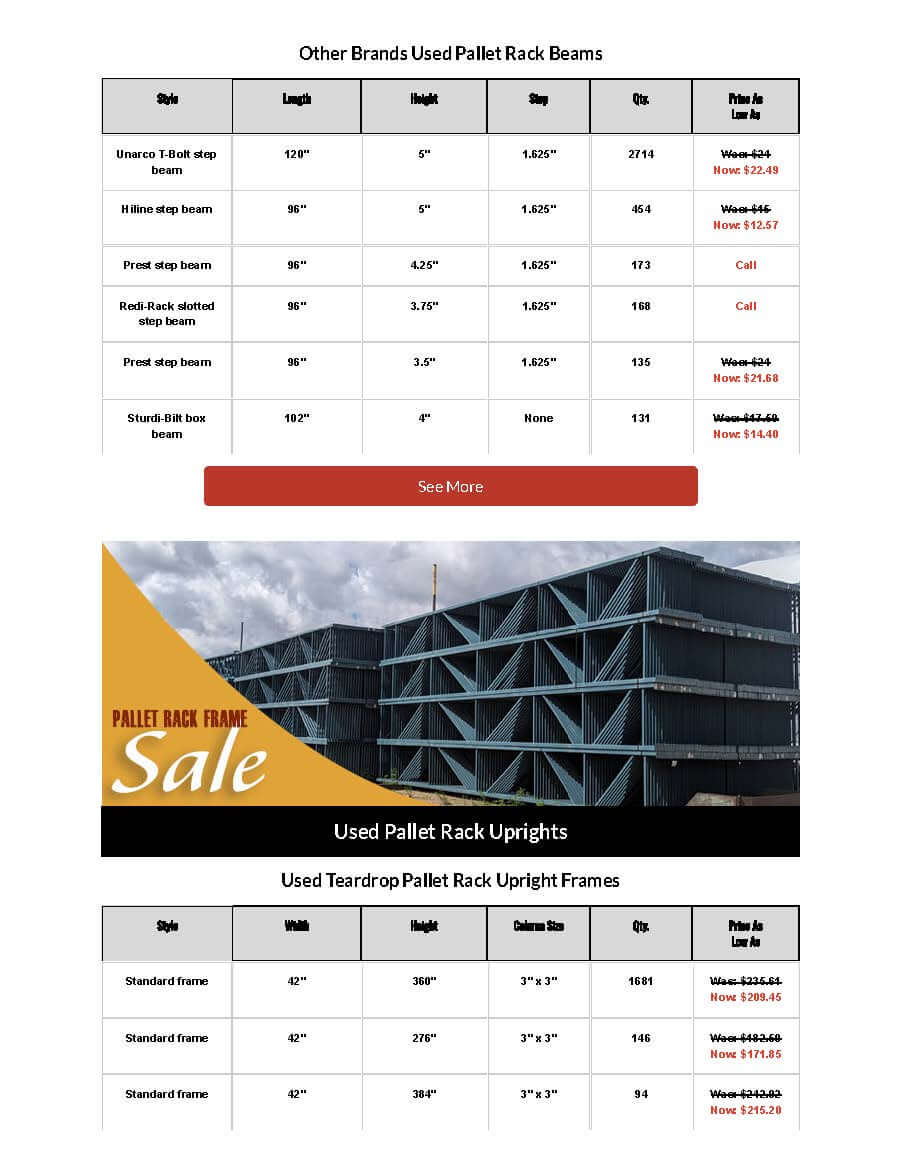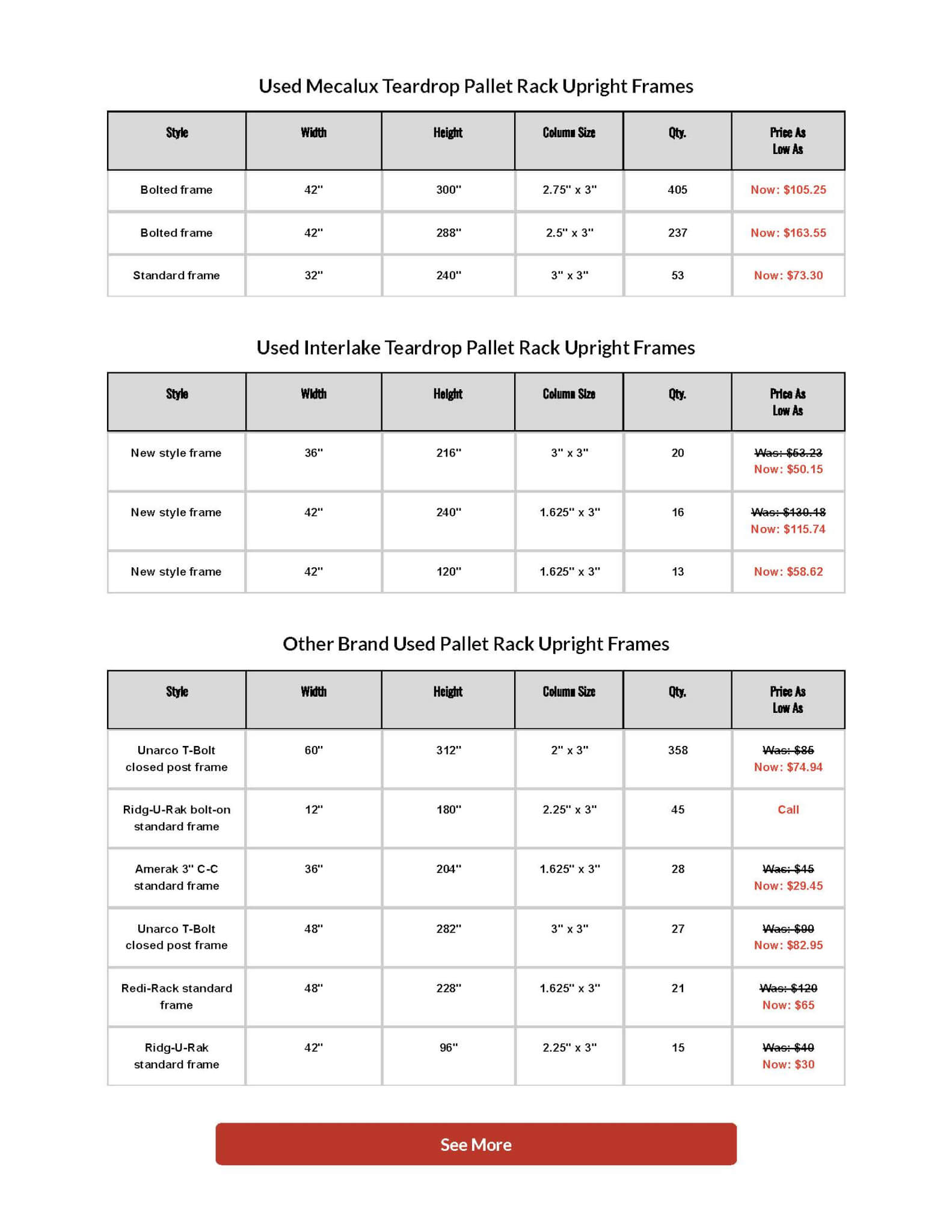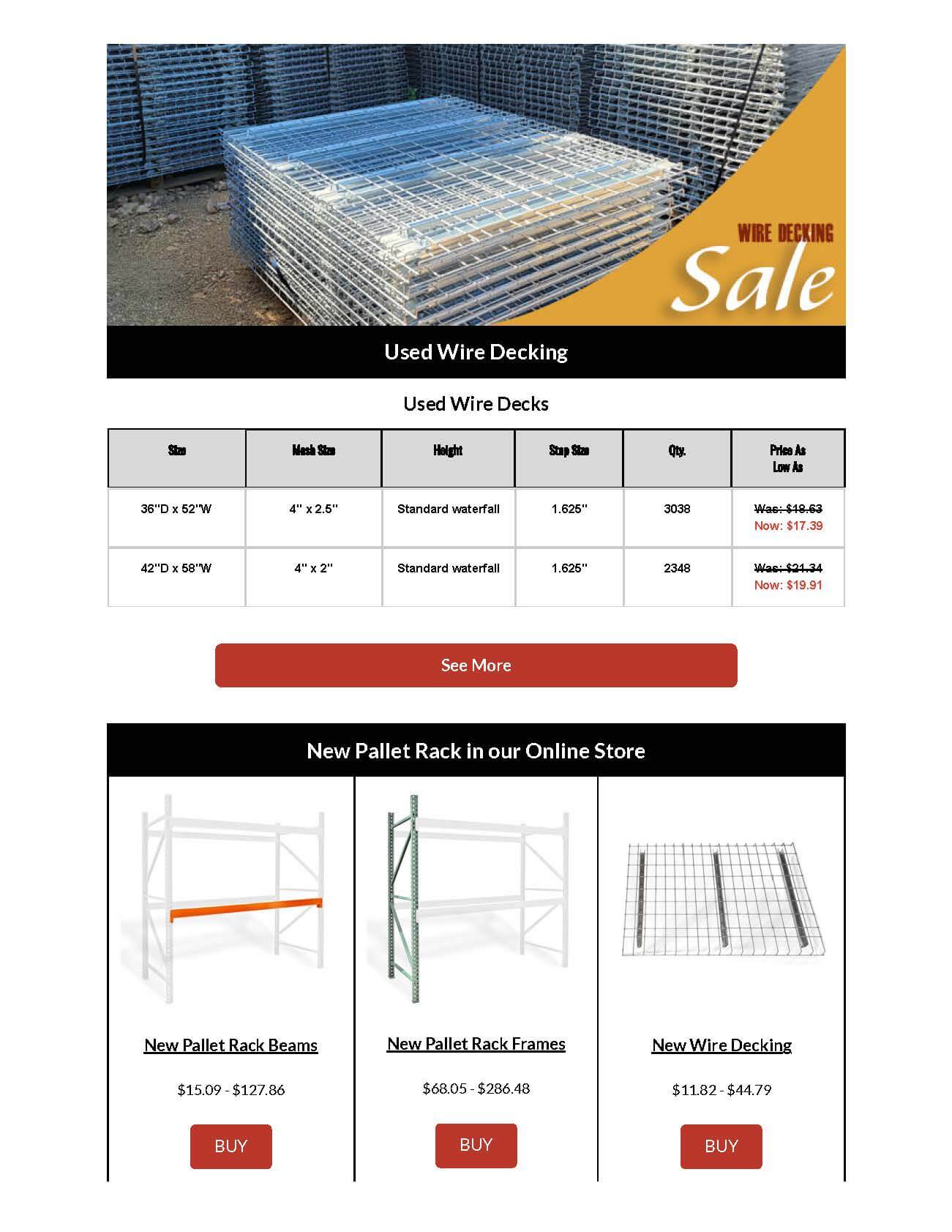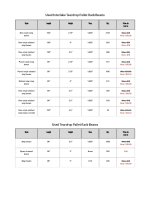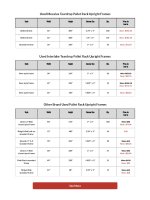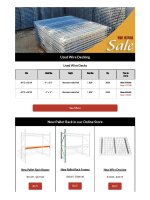Efficiency is one of the top priorities in the world of warehouse logistics. One widely used tool for streamlining operations is gravity conveyors. These systems rely on the power of gravity to move items rather than motorized sources. Simple, versatile, and cost-effective, these conveyors are indispensable in a variety of warehouse applications.
Distribution Centers
In these facilities, large volumes of goods often need to be sorted, packed, and shipped quickly. Gravity conveyors can provide seamless movement of products at a couple different points of contact. Foremost, they are highly effective when placed at loading docks, especially flexible gravity conveyor, to help move products to and from trucks. Their simplicity and durability make them ideal for handling consistent traffic in high-demand zones. Likewise, they are useful in order-picking operations as they increase the speed by which employees can move products from storage to packing stations. Thus, gravity conveyors can reduce the workload put on employees and improve productivity.
Manufacturing Warehouses
In manufacturing, material handling systems are often required to be robust and durable. They need to smoothly transport products at various stages of assembly and need to be adjustable for product staging and accumulation. Gravity conveyors are the flexible logistical answer to many of these situations.
These systems can be designed to handle items at all stages of production–raw material, work-in-progress, and fully finished goods–as well as a wide range of product weights and sizes. In terms of assembly lines, gravity conveyors can assist in the smooth transition of products between workstations and can be used to accumulate and stage products prior to the next assembly phase. This can smooth production and increase workflow. Overall, gravity conveyors play a key role in the stop-and-go, variable environment of manufacturing.
Cold Storage Facilities
Gravity conveyors can help negate a lot of the challenges temperature-controlled warehouses face. Often, these facilities have higher operational costs due to increased utilities and the need for specialized equipment. Gravity conveyors have low start-up costs, do not rely on electricity, and already function well in sub-zero environments–overall helping keep costs low. These systems also increase the speed at which items move through the facility, reducing the time products are exposed to fluctuating temperatures, thus helping maintain the product’s integrity.
Lastly, due to their simplistic design, gravity conveyors require little maintenance and are highly reliable. This makes them low risk for mechanical failures and helps ensure consistent material flow with little delays. These factors make gravity conveyors an ideal tool for cold storage facilities that are looking to increase their productivity and keep operational costs low.
Future Trends
As warehousing evolves with the adoption of automation and integration, gravity conveyors remain relevant as a complement to these powered systems. Hybrid conveyor systems, combining gravity and motorized sections, are gaining in popularity. Utilizing sections of nonmotorized solutions, such as gravity conveyors, can help improve energy efficiency and allows warehouses to create customizable layouts to optimize their space and workflow. Even as businesses expand and advance, gravity conveyors can continue to be used–making them a long-term asset.
Versatile and simple, gravity conveyors are a vital resource in the handling of materials across many industries. As businesses continue to seek sustainable and adaptable systems, the demand for gravity conveyors is predicted to grow. At SJF, our solution specialists are well versed in the application of these systems and understand the benefits they provide to our customers.
If you have questions, want to receive more information, or would like a quote you can contact SJF’s Solutions Specialists at support@sjf.com or by calling 320-485-4974.
This is Part 3 of Our Series on Gravity Conveyor
Part 1: Effortless Efficiency: The Role of Gravity Conveyors in the Modern Warehouse
Part 2: Utilizing Slope and Load for Optimal Gravity Conveyor Performance
Part 3 (current): Application of Gravity Conveyor in the Warehouse
More Information
If you have questions, want to receive more information, or would like a quote you can contact SJF’s Solutions Specialists at support@sjf.com or by calling 320-485-4974.
